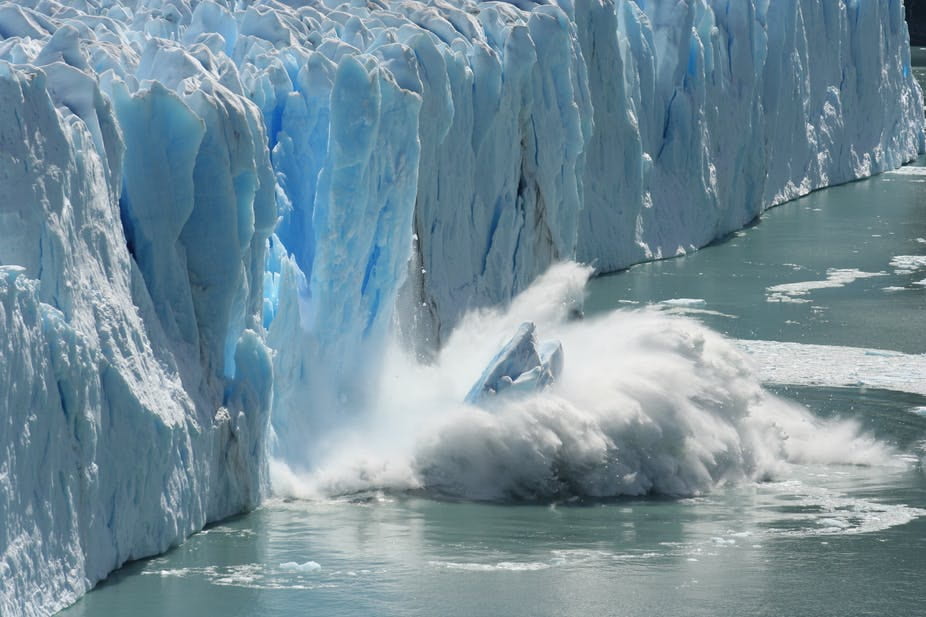
Credit: carbonliteracy.com 
Credit: Pixabay/CC0 Public Domain 
Credit: edf.org
Since the Industrial Revolution, human activities have released large amounts of carbon dioxide and other greenhouse gases into the atmosphere, which has changed the earth’s climate. Natural processes, such as changes in the sun’s energy and volcanic eruptions, also affect the earth’s climate. Human activities have contributed substantially to climate change through Greenhouse Gas Emissions. Carbon dioxide, methane, and nitrous oxide concentrations are now more abundant in the earth’s atmosphere than at any time in the last 800,000 years. These greenhouse gas emissions have increased the greenhouse effect and caused the earth’s surface temperature to rise.
The increase in temperature is responsible for a host of numerous issues such as reducing snow cover and sea ice and eventually, rising sea levels, lower crop yield, an increase in severe weather such as intensifying heavy rainfall, water shortages, changing habitat ranges for plants and animals — expanding some and shrinking others[1]. Animals and plants are adversely affected by these climate fluctuations, with delicate crops and species dying in extreme drought and heat.
Robotic Solutions For Climate Change
- Focusing on sustainable agricultural practices with ground robotics, FarmWise aims to increase food production efficiency and streamline farm operations through the deployment of autonomous weeding machines. These robots use Computer vision to identify a variety of crops such as leafy greens, cauliflower, and broccoli and then use custom arms to pick out unrecognized plants, or weeds.
- Tortuga AgTech—a startup, founded in Denver, Colorado—is focusing its efforts on the sustainable and automated planting and harvesting of the crops themselves through robotics and AI to help farmers prepare for the growing climate change crisis.
- SagaRobotics, a Norwegian startup founded in 2016, was created with the aim to introduce robots into agriculture to make farming more sustainable. The company has created Thorvald, a modular, autonomous robot that can perform UV treatment, pick fruits and vegetables, spray pesticides, and collect data to predict crop growth and yields. So far, the robot can operate in strawberry fields and grapevines.
- SkyGrow has developed an autonomous Tree-planting robots ‘Growbots’. Land adjacent to remnant ecosystems or connecting wildlife corridors will be prioritized for planting using satellite imagery and the most advanced technology. They can effectively and efficiently plant trees; this helps mitigate deforestation and carbon dioxide emissions.
To see ongoing research and development for controlling the factors affecting climate change, click here.
To deep dive into the research publications about climate change, click here.
| Next: Chemical Pollution |
References:
[1] Wong, K. V. (2015). Climate change. Momentum Press.